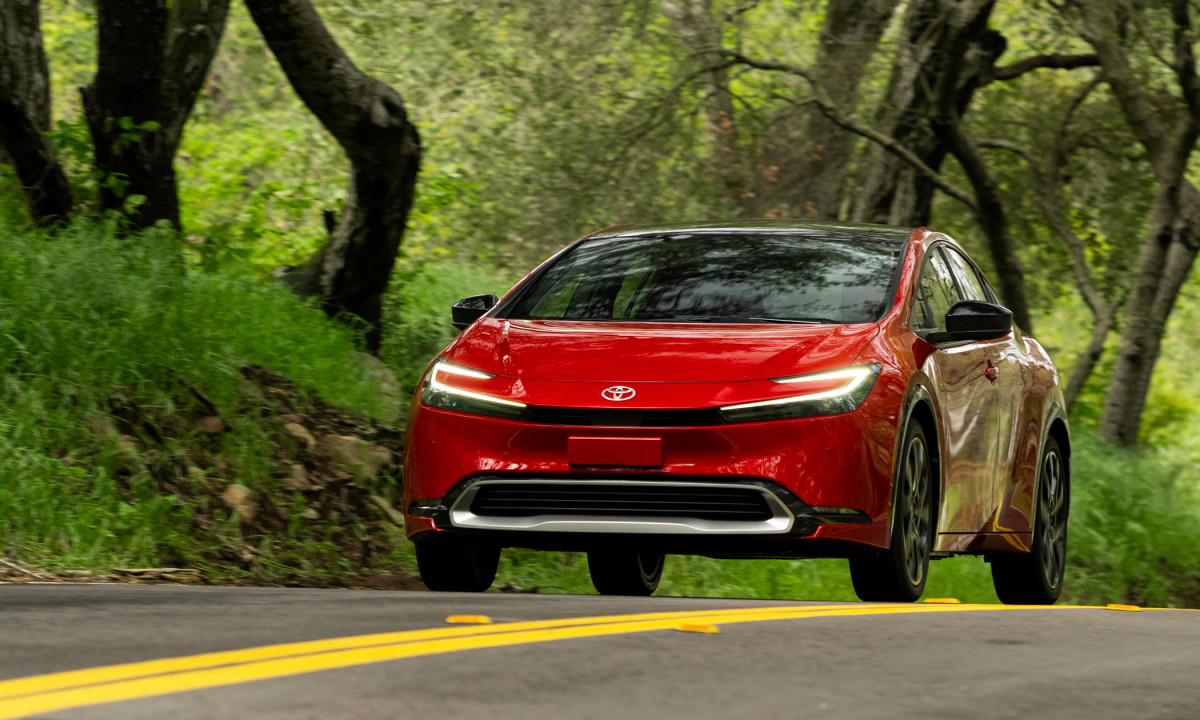
Ford is defying the odds
Despite a disappointing earnings call, Ford stock was up ten percent on Friday morning. Investors are pouring money into the automaker, which saw over $1 billion in losses on EVs, prompting the company to reduce its 2025 EBIT forecast by $1 billion, too. Ford also faces issues with its relationship with Novelis, an aluminum manufacturer that supplies sheet aluminum to almost half of the US auto industry. Recently, the company suffered a devastating fire at one of its major facilities, which will reportedly cause Ford’s earnings to drop between $1.5 billion and $2 billion for Q4 2025 as it reduces production by about 100,000 vehicles. Even so, CFO Sherry House thinks Ford can mitigate “at least $1 billion in 2026” to soften the blow by adding a third shift and new jobs.
In situations like these, when earnings are down and problems are circling an automaker, investors typically shy away from investing in that company. The traditional wisdom dictates that a car manufacturer that can’t make money selling cars is failing, but that’s not what happened with Ford. Instead, Wall Street put money behind Ford because it has a solid plan of attack for Q4 and beyond.
Kristen Brown
Ford’s plan to turn the corner
The $1.4 billion loss on EVs this quarter is Ford’s most profound loss on electrification since 2023. Q3 also saw the end of the Federal EV tax credits, which prompted many to rush out to buy an EV, yet Ford still took a massive hit. During Ford’s earnings call, CEO Jim Farley said he now believes EVs will have a five percent market share in the US, which is well below the original expectation of 7.5 percent.
Ford isn’t going to build more EVs, though. It’s keeping production of its F-150 Lightning on hold, and no new Mustang Mach-E is coming. Instead, Ford says it is “prioritizing hybrids across our lineup, including the development of extended range hybrid options,” and this plan is “right around the corner.” The automaker says it has a new production platform, which it will use for both EV and hybrid manufacturing and assembly. Farley didn’t say as much, but he didn’t shoot down Ford’s plans for a $30,000 electric truck that is set to come off this line in 2027.

Is Ford the new Toyota?
Do you know who makes really great hybrids available across its lineup? Toyota. Do you know which automaker is bearish on EVs and has a company-wide ethos that argues hybrids are actually more economical than EVs? Toyota.
For Ford, “prioritizing hybrids” is an answer to an EV market that doesn’t seem to be meeting expectations. Though many onlookers doubted Toyota’s pragmatism regarding EVs, the current climate proves the automaker right. Without tax incentives, many buyers are unwilling to take the electrification plunge, which often also means retrofitting their homes for fast charging.
Ford has come to the same conclusion as Toyota, just from the opposite direction. Ford sidestepped a heavy investment in hybrids once fully electrified vehicles became viable; like so many others, Ford seems to have thought EVs would change the auto industry for good. That hasn’t happened.

Final thoughts
Nobody is doubting electrification, but many automakers should analyze Ford’s new stance a bit more closely than they probably are. Alternative power sources are necessary, and a diversified lineup is critical. No single powertrain suits all needs.
Even EV mainstays like Tesla are looking beyond selling electric cars to buyers and toward platforms such as robotics and autonomous ride-hailing. BMW, an automaker that made a big bet on EVs, is still investing in its hydrogen systems. Toyota, a company that was slow to the EV segment, has one EV in its lineup. Though Toyota once seemed “too slow” to adapt, it now seems like the tortoise that’s winning the race, and others are taking notice.



